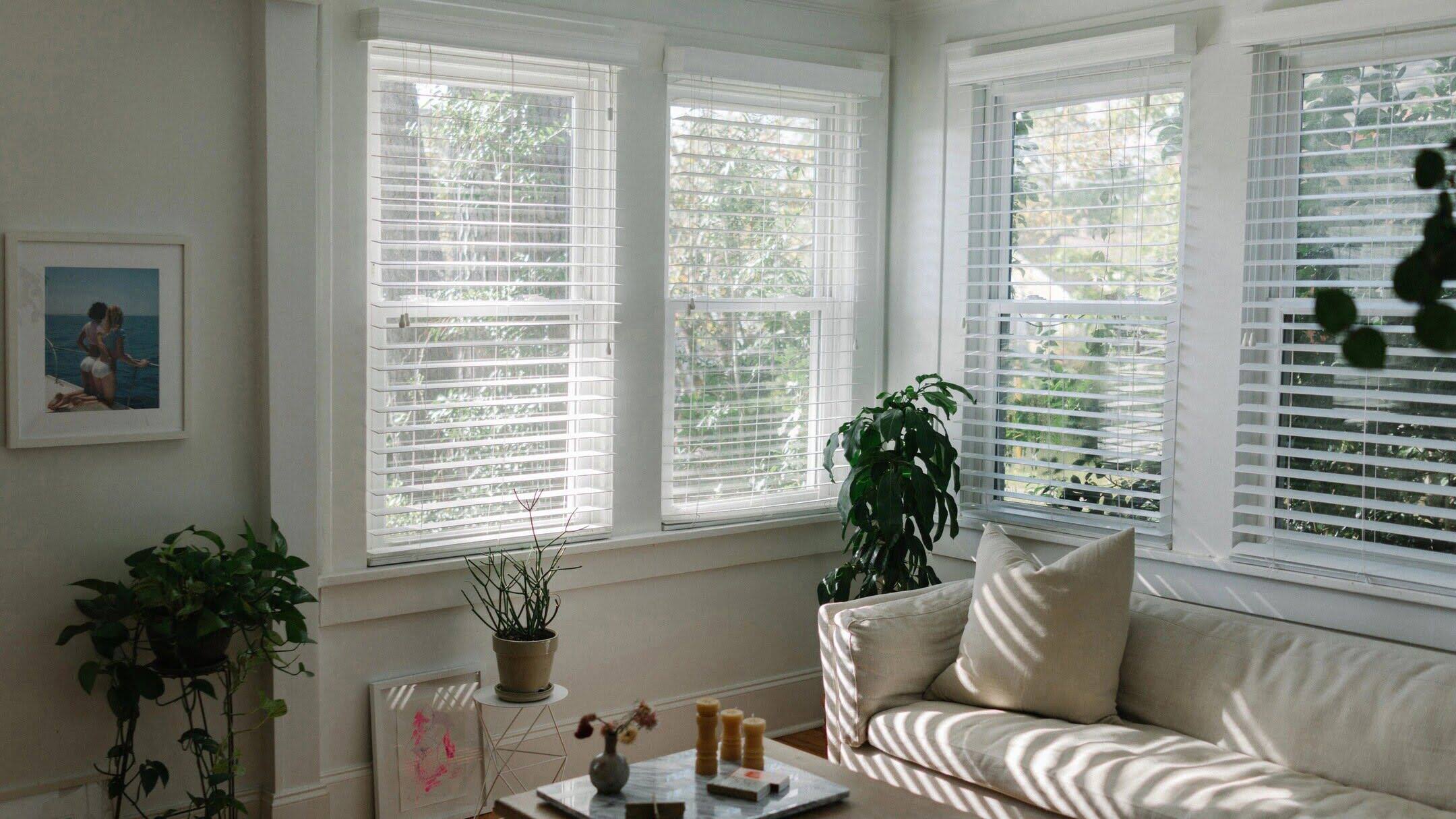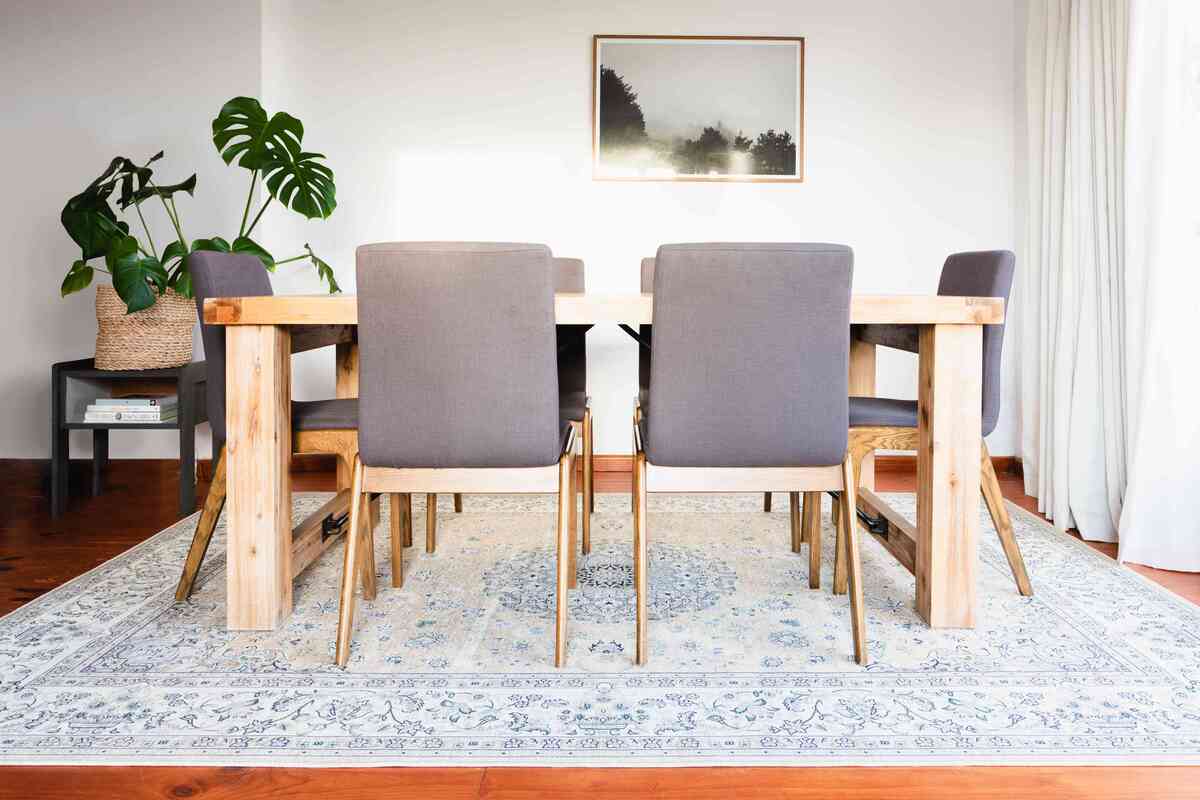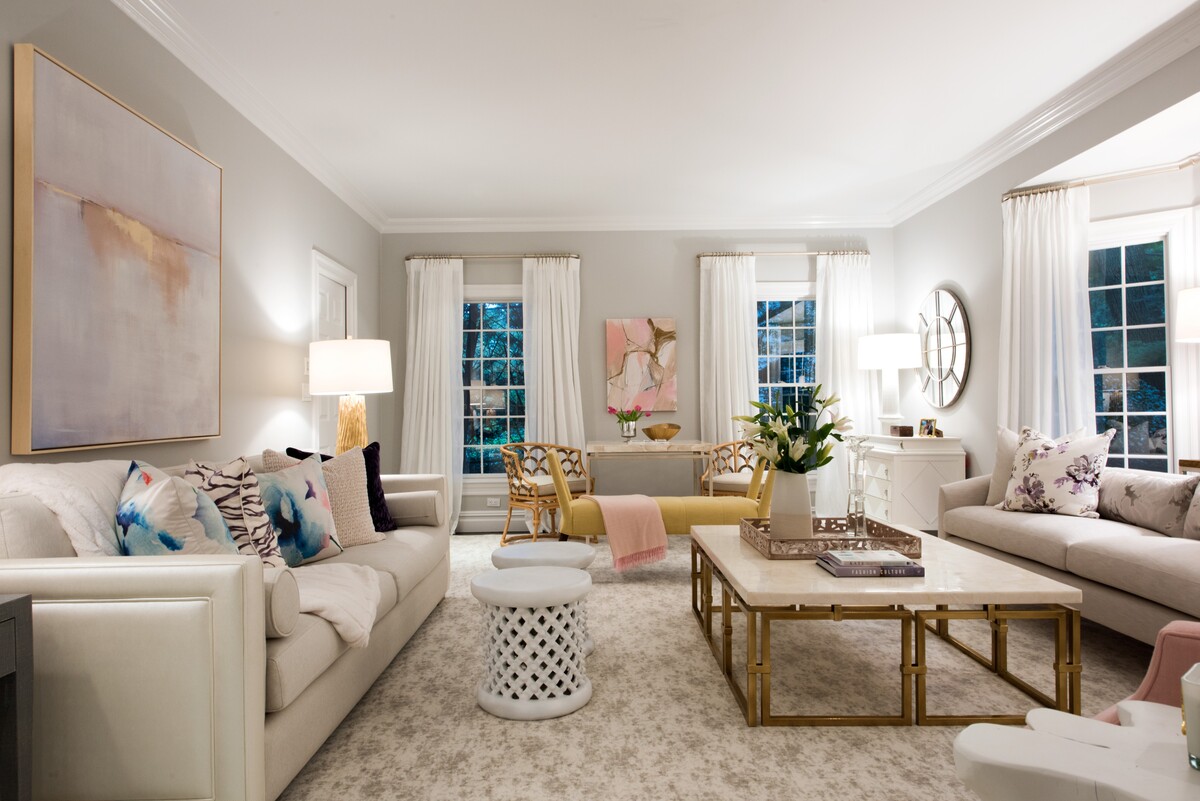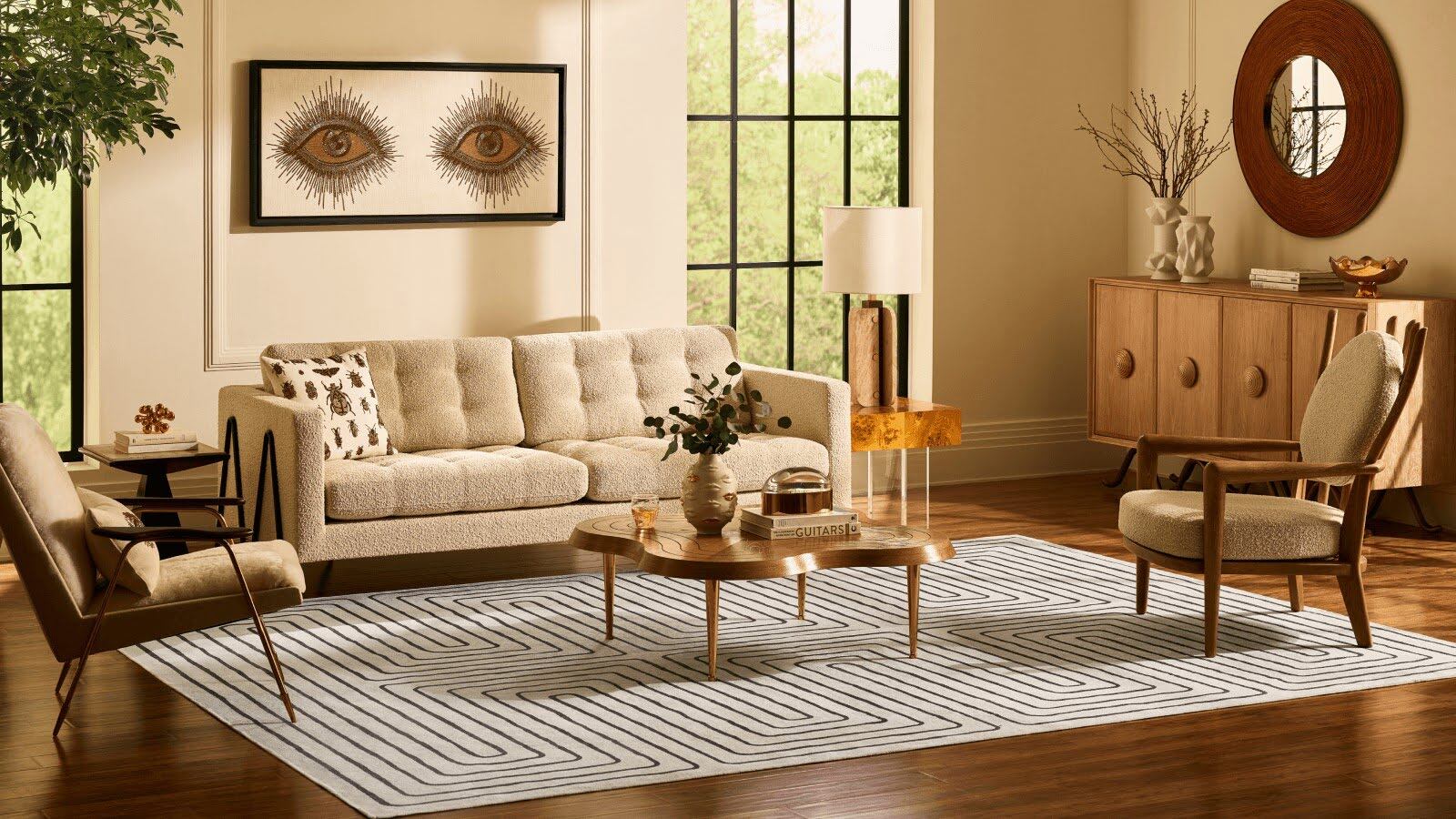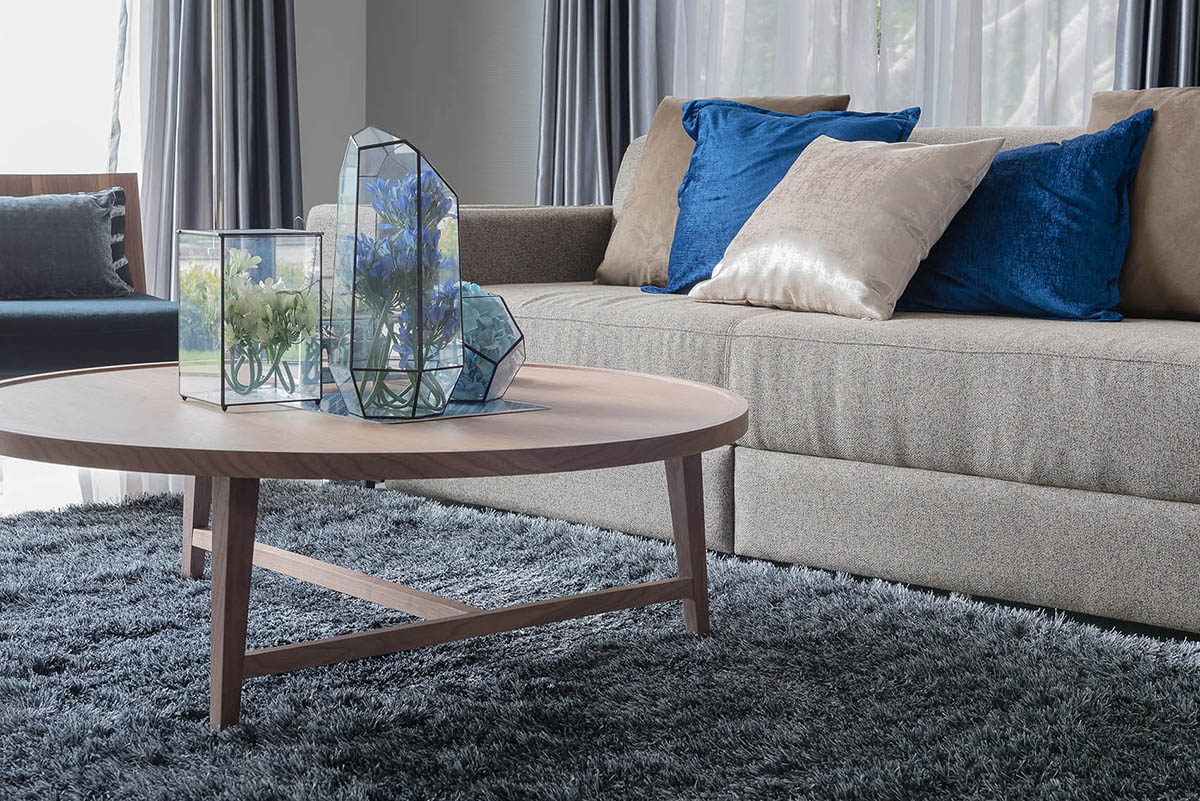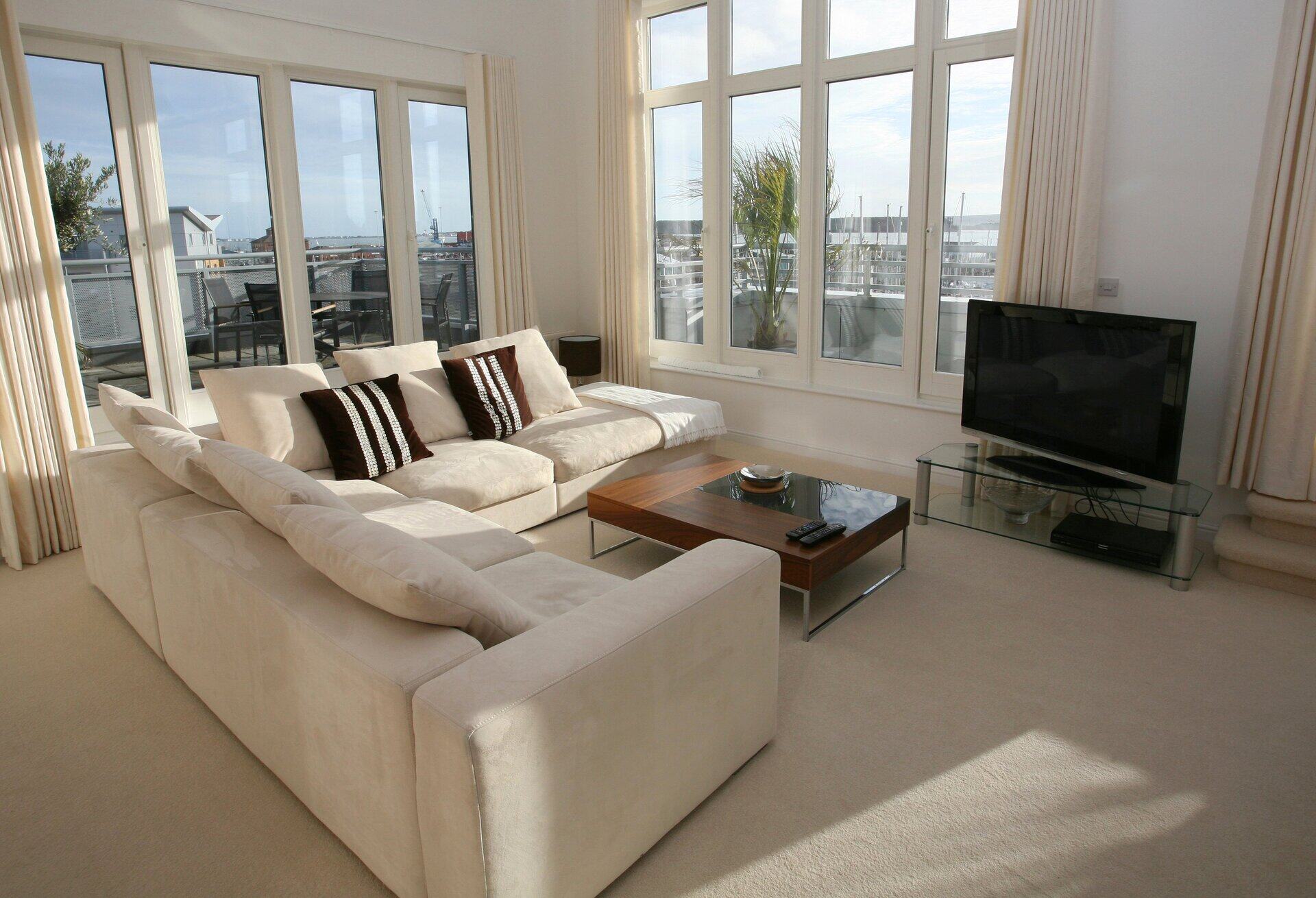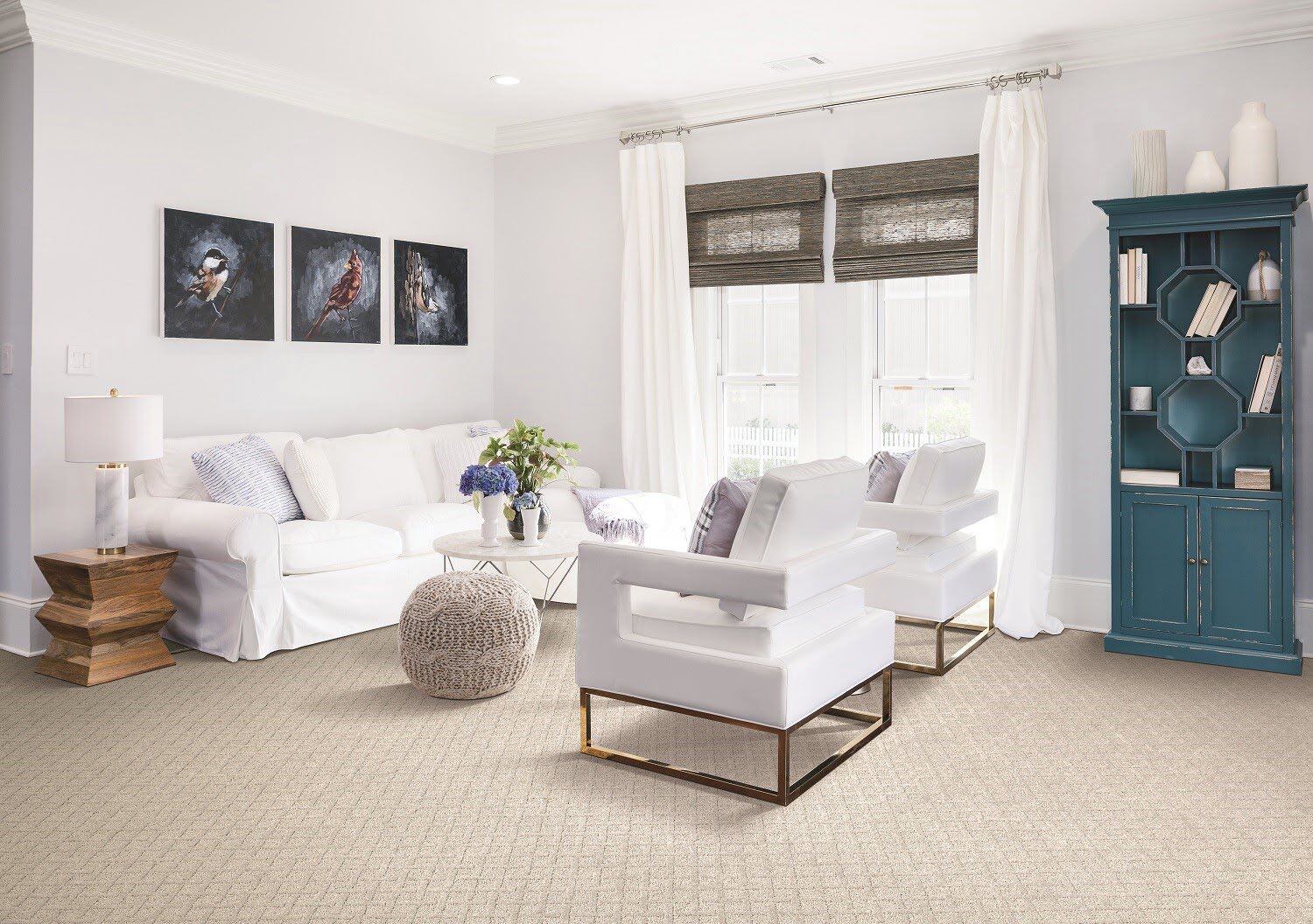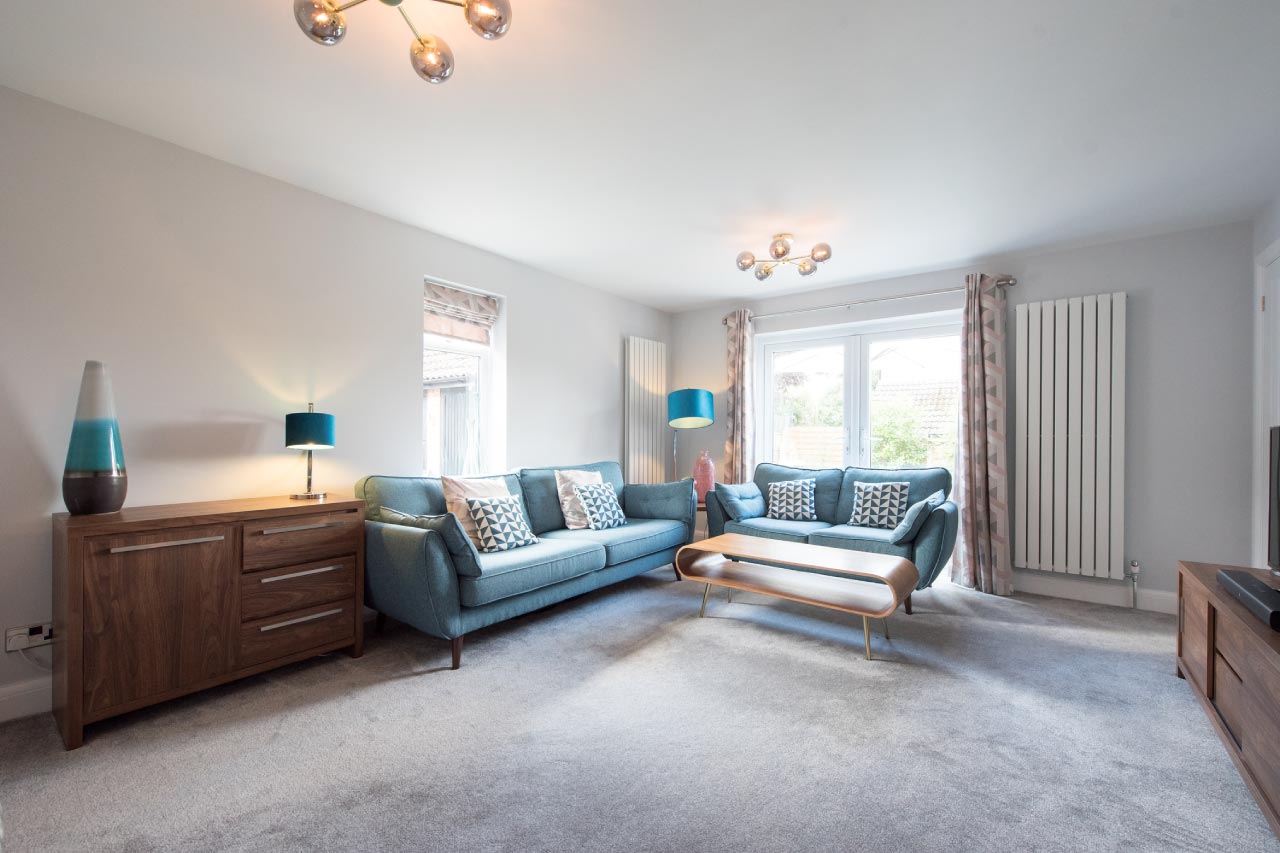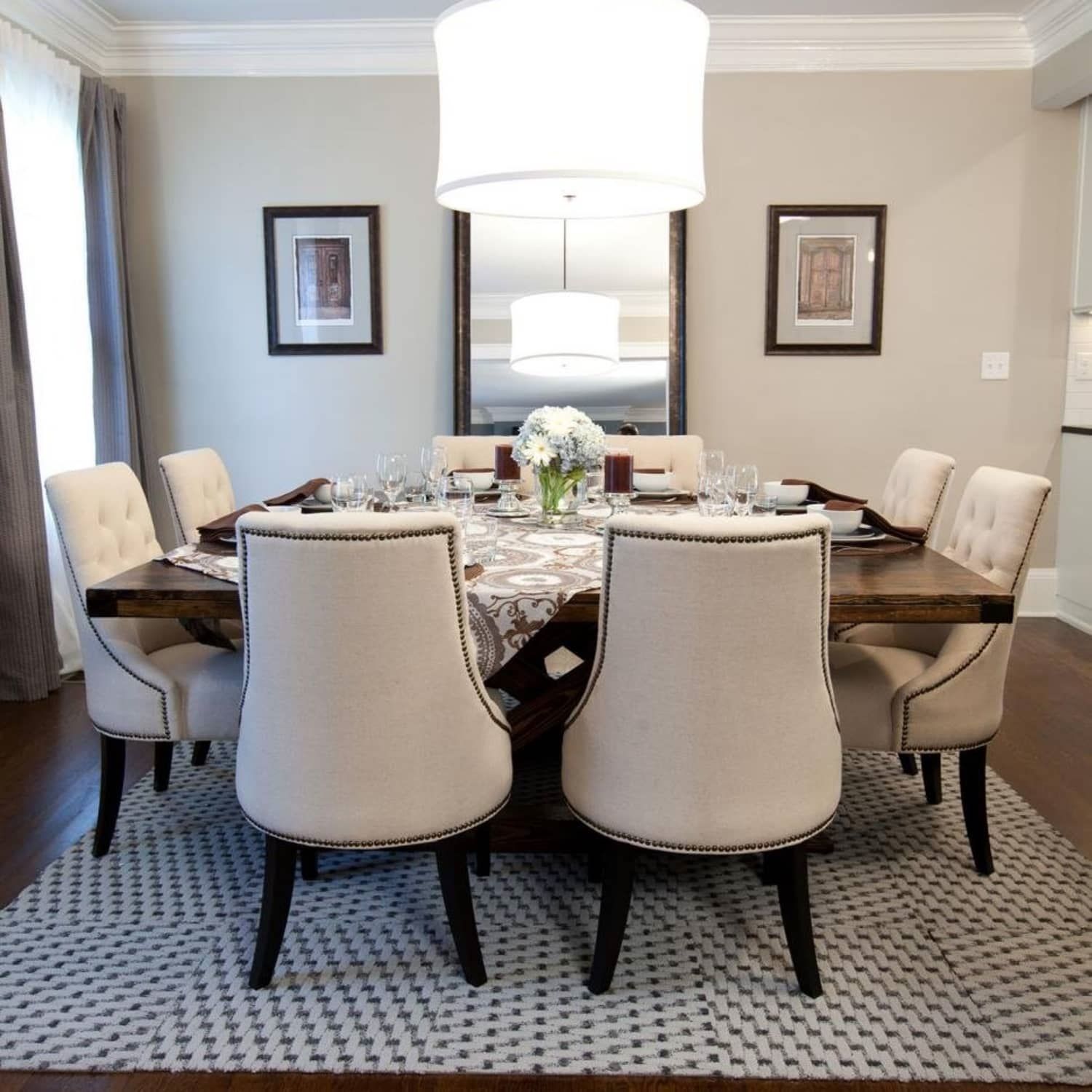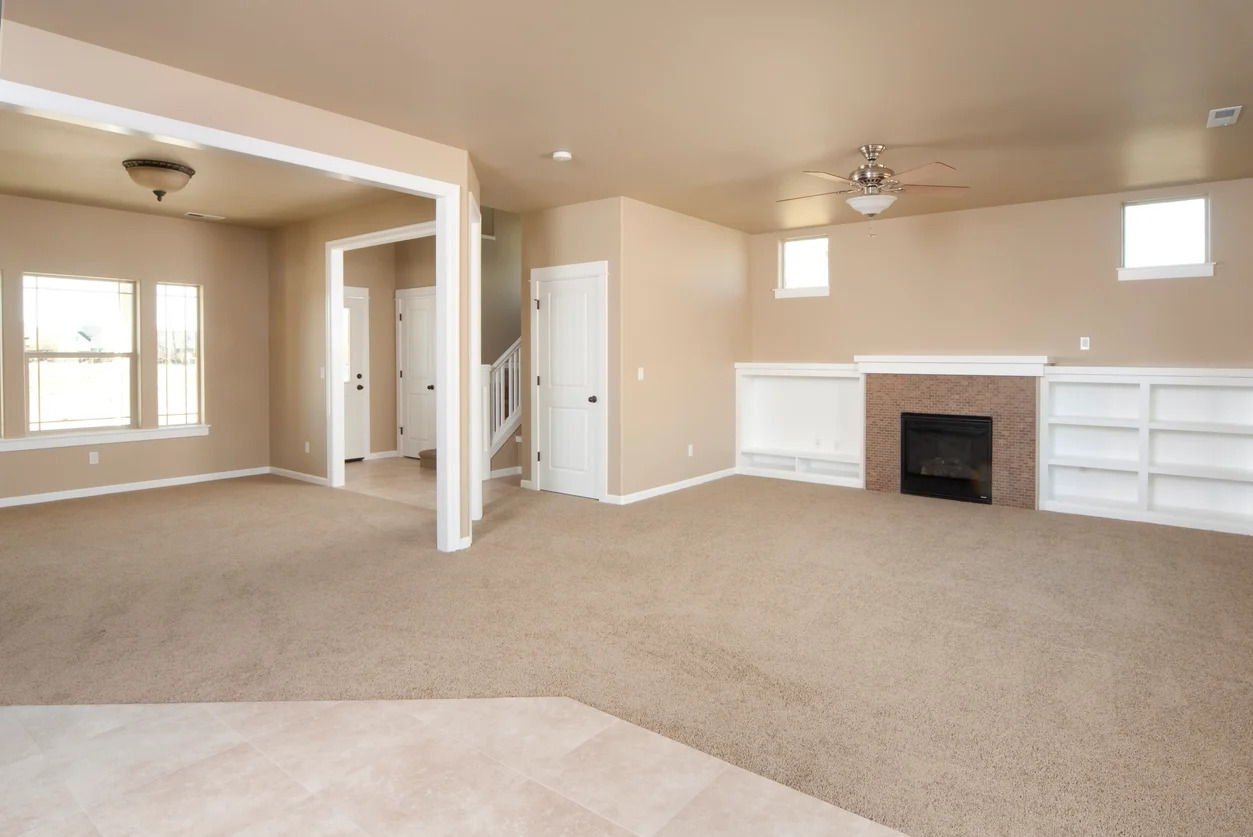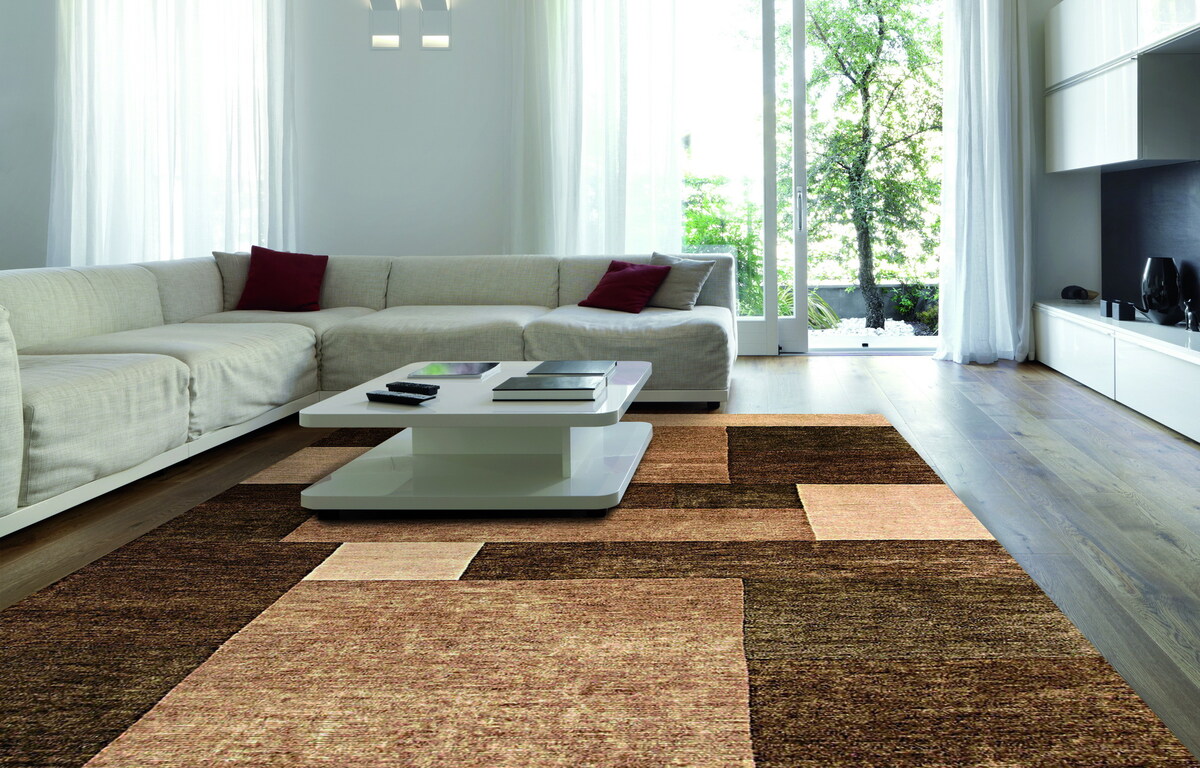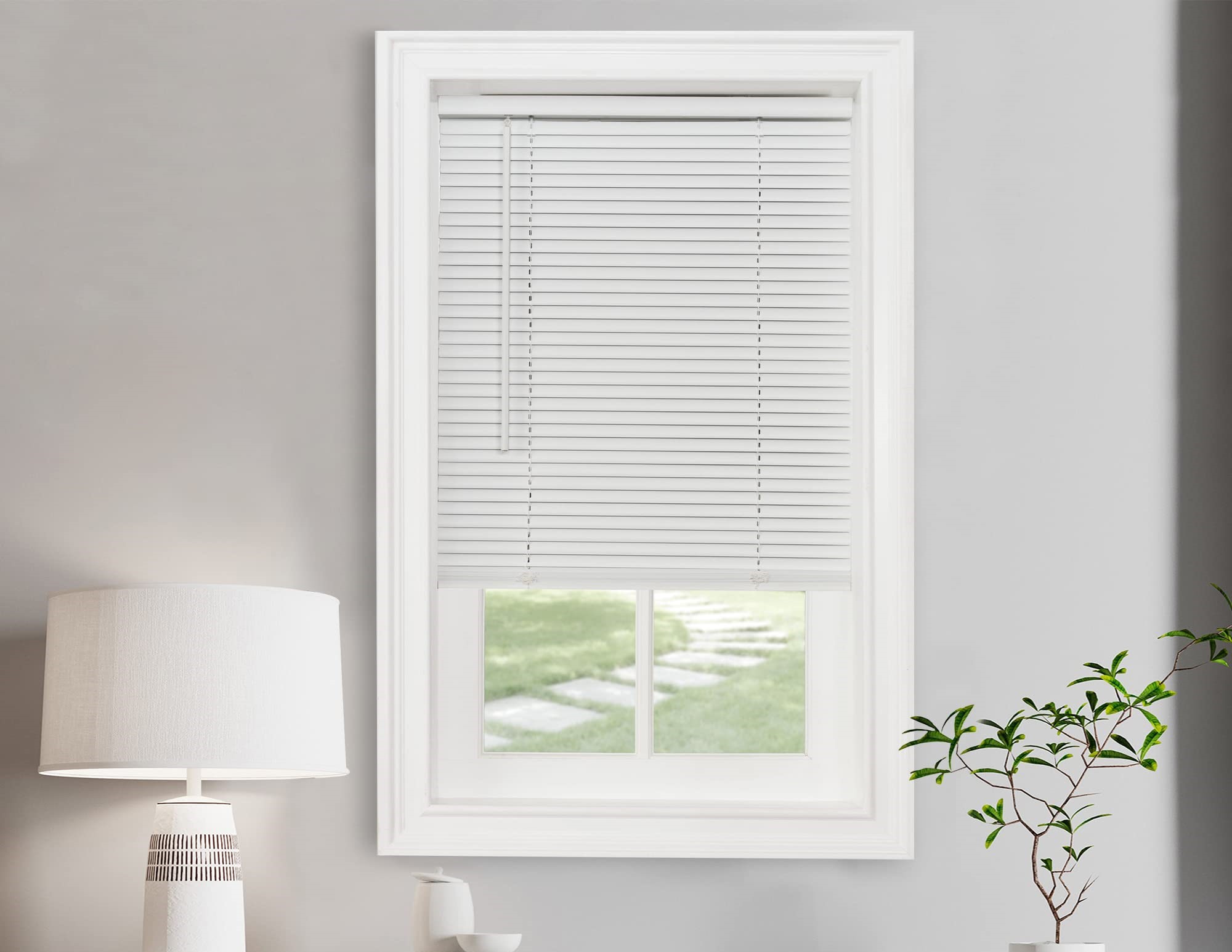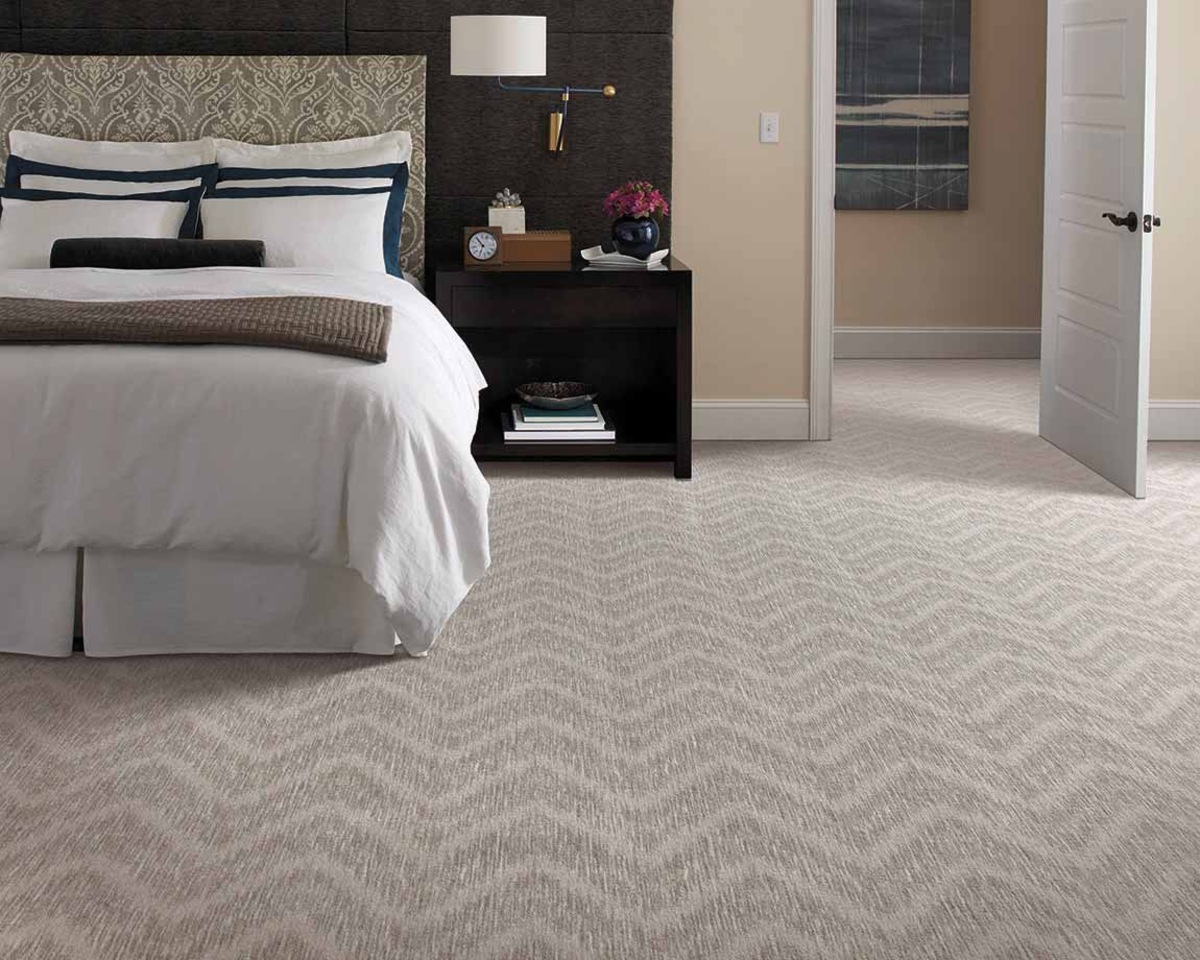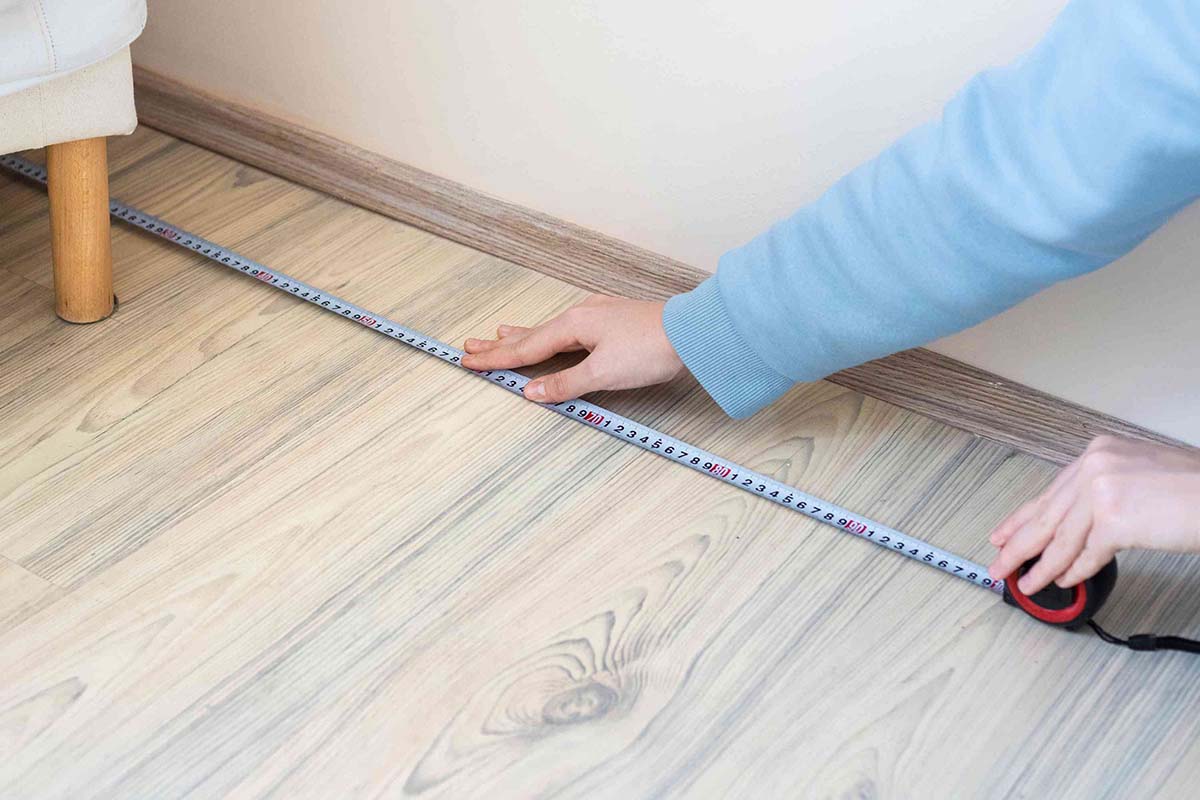

Articles
How To Measure A Carpet For A Room
Modified: February 25, 2024
Learn how to measure a carpet for a room with our informative articles. Get expert tips and advice on accurately calculating carpet dimensions.
(Many of the links in this article redirect to a specific reviewed product. Your purchase of these products through affiliate links helps to generate commission for Storables.com, at no extra cost. Learn more)
Introduction
Choosing the right carpet size for a room is essential to create a comfortable and visually appealing space. Whether you’re renovating your home or moving into a new place, measuring the carpet accurately is crucial to avoid the hassle of buying too much or too little material. In this guide, we will take you through the step-by-step process of measuring a carpet for a room, ensuring that you get the perfect fit every time.
Before we delve into the measuring process, let’s highlight the importance of having the right carpet size. Properly sized carpets not only enhance the aesthetic appeal of a room but also provide comfort, insulation, and noise reduction. A well-fitted carpet can transform a space into a cozy haven and tie together the overall decor and design.
Now, let’s get started with the process of measuring a carpet for your room. By following these steps, you will be able to determine the right size and shape of the carpet you need, taking into consideration the dimensions of the room and the placement of furniture.
Key Takeaways:
- Properly measuring a carpet for a room is crucial for creating a comfortable and visually appealing space. Consider furniture placement, pattern repeats, and extra material to ensure a perfect fit.
- Choosing the right carpet size and shape is as important as accurate measurements. Consider room layout, furniture placement, and visual balance to create a cohesive and visually appealing space.
Read more: How To Darken A Room With Blinds
Step 1: Gather the necessary tools
Before you begin measuring the carpet, it’s important to gather the necessary tools to ensure accuracy. Here are the tools you will need:
- Tape measure: A reliable tape measure is essential for measuring the dimensions of the room accurately. Make sure it’s long enough to measure the length and width of the space without any limitations.
- Pencil or marker: You will need a pencil or marker to mark the measurements on the floor or any other surface. This will help you keep track of the dimensions and avoid confusion.
- Straight edge or ruler: A straight edge or ruler will assist you in drawing straight lines and ensuring precise measurements.
- Optional: Graph paper or notepad: If you prefer to sketch out the measurements or create a floor plan, using graph paper or a notepad can be helpful.
Once you have gathered these tools, you’re ready to move on to the next step: determining the dimensions of the room.
Step 2: Determine the dimensions of the room
When measuring a room for a carpet, it’s essential to determine the accurate dimensions. Here’s how you can do it:
- Clear the room: Start by removing any furniture or obstacles that could hinder your measurements. The room should be empty and ready for accurate measurement.
- Measure the length: Using the tape measure, measure the length of the room from one wall to the opposite wall. Ensure that the tape measure is straight and parallel to the walls for precise measurement. Note down the measurement in feet or meters.
- Measure the width: Next, measure the width of the room by extending the tape measure from one side wall to the opposite side wall. Again, keep the tape measure straight and parallel to the walls. Write down the measurement.
It’s important to measure from wall to wall, rather than from baseboard to baseboard, as the carpet will typically cover the entire floor area. By measuring wall to wall, you ensure that the carpet will fit snugly and accurately.
Once you have measured the length and width of the room, you can calculate the total carpet area needed. However, it’s crucial to consider the placement of furniture in the room before finalizing the measurements.
Step 3: Consider the placement of furniture
When measuring a carpet for a room, it’s important to take into account the placement of furniture. This step is crucial to ensure that the carpet fits properly and that you have enough space for the furniture within the room. Here’s what you need to do:
- Take note of existing furniture: Before measuring, make a note of any existing furniture that will be placed on top of the carpet. This includes sofas, tables, chairs, and other larger pieces.
- Decide the position of furniture: Determine the desired layout and arrangement of the furniture within the room. This will help you identify where the carpet will be positioned and how it will interact with the furniture.
- Leave space around furniture: It’s important to leave some space around the furniture on the carpet. This will create a visually appealing and balanced look while also ensuring that the furniture sits comfortably on the carpet.
As you consider the placement of furniture, keep in mind any additional items that may be present in the room, such as floor lamps, bookshelves, or decorative accents. These elements should also be accounted for when measuring the carpet.
By taking into consideration the placement of furniture, you can ensure that you calculate the appropriate size of the carpet to accommodate both the room space and the arrangement of furniture. This will help create a cohesive and well-designed space.
Step 4: Calculate the total carpet area needed
Now that you have determined the dimensions of the room and considered the placement of furniture, it’s time to calculate the total carpet area needed. Follow these steps to ensure accurate measurements:
- Multiply the length and width: Start by multiplying the length and width of the room. This will give you the total square footage or square meters of the floor space.
- Convert the measurement to square yards or square meters: Depending on the units used for the measurements, you may need to convert the measurement into square yards or square meters, which are commonly used for carpet measurements.
- Add the extra designation around furniture: If you have left space around the furniture, add that extra designation to the total carpet area needed. This ensures that the carpet covers the entire floor, including the area around the furniture.
By accurately calculating the total carpet area needed, you can avoid purchasing too much or too little material. It’s always a good idea to add a little extra to account for any irregularities in the room or for future adjustments.
Now that you know how much carpet area you need, it’s important to consider any patterns or designs on the carpet, as they can impact the amount of material required.
When measuring a room for a carpet, always measure the longest and widest points of the room. Add 6-12 inches to each measurement for trimming and tucking.
Read more: How To Stretch Carpet In A Room
Step 5: Account for carpet patterns or designs
When selecting a carpet with patterns or designs, it’s crucial to account for the repeat pattern and ensure you have enough material to properly match and align the design. Here’s what you need to do:
- Identify the pattern repeat: Measure the length of the pattern repeat, which is the distance between the starting point of the pattern and where it repeats. This is important because you need to ensure that each piece of carpet you use matches up seamlessly with the others.
- Calculate additional material needed: Determine how many pattern repeats you will need for the entire room. Multiply the number of pattern repeats by the pattern repeat length to calculate the additional material required.
By accounting for the pattern or design, you can ensure that the carpet looks visually cohesive and properly aligned throughout the entire room. This step is especially important if you have multiple pieces of carpet that need to be installed side by side.
When measuring the carpet area needed, make sure to include this additional material based on the pattern repeat to ensure a seamless and visually appealing result.
After accounting for the pattern or design, it’s a good practice to add some extra material for any mistakes or adjustments that may arise during the installation process.
Step 6: Add extra for mistakes or adjustments
It’s always a wise decision to add extra material when measuring a carpet for a room. This extra material accounts for any mistakes or adjustments that may occur during the installation process. Here’s how to ensure you have enough:
- Consider potential mistakes: Even with careful measurements, mistakes can happen. You may accidentally cut the carpet too short or encounter unforeseen obstacles during installation. Adding some extra material helps to mitigate these potential mistakes.
- Account for adjustments: Sometimes, you may need to make adjustments to the carpet during installation. This could involve trimming the edges or aligning the pattern. Having additional material allows for these adjustments without running short.
- Calculate the extra material needed: It’s recommended to add between 5-10% extra to the total carpet area determined in the previous steps. This extra percentage accounts for any potential mistakes or adjustments that may arise.
By adding extra material, you can ensure that you have enough carpet to complete the installation process without any hiccups. It’s always better to have a little more than to be left with a shortage of material.
Now that you have accounted for extra material, it’s time to choose the right carpet size and shape that fits your room perfectly.
Step 7: Choose the right carpet size and shape
After completing all the previous steps of measuring and calculating, it’s time to choose the right carpet size and shape that will best suit your room. Here’s what you should consider:
- Consider the room layout: Take a close look at the room’s layout and shape. Determine if a rectangular or square carpet would be the best fit, or if a different shape, such as a round or oval carpet, would be more suitable.
- Review the dimensions: Refer to the measurements you have taken to identify the appropriate size of the carpet. Ensure that the selected carpet size is slightly larger than the actual floor area to cover the entire room without leaving any gaps.
- Think about furniture placement: Consider the placement of furniture within the room and how the carpet will interact with it. Ensure that the chosen carpet size provides enough space for furniture to sit comfortably on the carpet.
- Consider visual balance: Choose a carpet size that creates visual balance within the room. A carpet that is too small can make the space feel disconnected, while a carpet that is too large can overpower the room’s design. Aim for a size that is proportionate to the room and its furnishings.
Remember that selecting the right carpet size and shape is as important as measuring accurately. It plays a significant role in creating a cohesive and visually appealing space.
Once you have chosen the perfect carpet size and shape, it’s time to take the next step and complete the installation process.
Step 8: Conclusion
Measuring a carpet for a room is a crucial step in ensuring a proper fit and creating a comfortable and visually appealing space. By following the steps outlined in this guide, you can accurately measure the dimensions of the room, account for furniture placement, calculate the carpet area needed, and choose the right size and shape for your carpet.
Remember to gather the necessary tools and take precise measurements of the room’s length and width. Consider the placement of furniture and leave space around it to achieve a balanced look. Calculate the total carpet area needed, accounting for any pattern repeat and adding extra material for mistakes or adjustments. Finally, choose a carpet size and shape that complements the room’s layout and creates visual harmony.
By paying attention to these details during the measuring process, you can ensure that you purchase the right amount of carpet, avoid unnecessary wastage, and achieve the desired look for your room.
So, before embarking on your carpet installation project, take the time to carefully measure and plan. Doing so will save you time, effort, and potential headaches down the line, and help you create a beautiful and inviting space that you can enjoy for years to come.
Frequently Asked Questions about How To Measure A Carpet For A Room
Was this page helpful?
At Storables.com, we guarantee accurate and reliable information. Our content, validated by Expert Board Contributors, is crafted following stringent Editorial Policies. We're committed to providing you with well-researched, expert-backed insights for all your informational needs.
